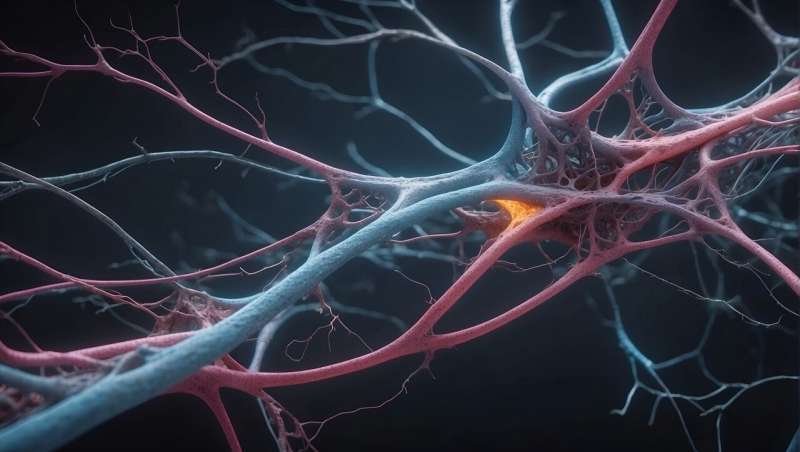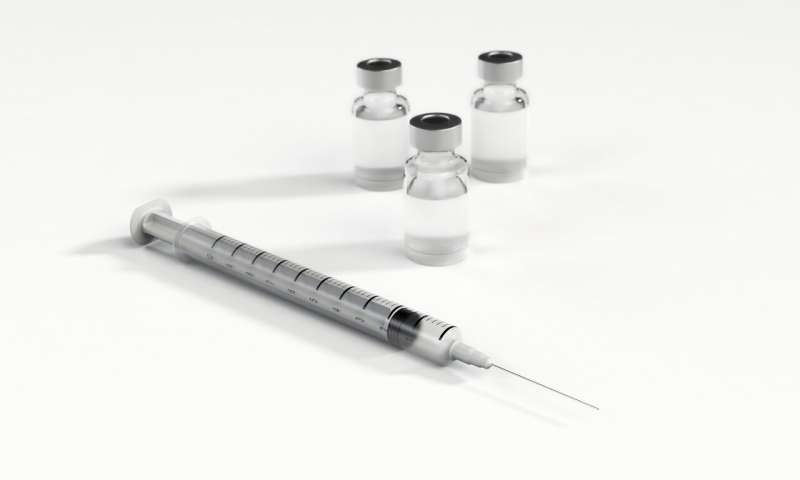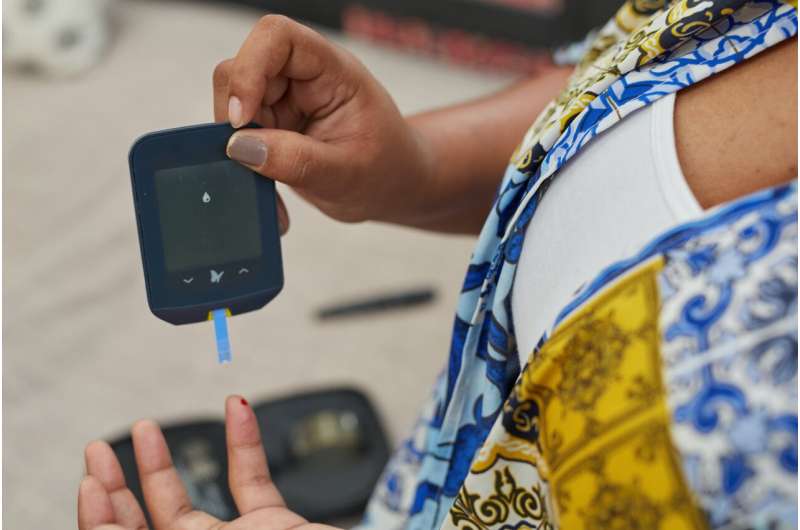Research Uncovers That Only Three Neurons Are Needed for Memory Reinforcement During Sleep

A groundbreaking study uncovers that just three specialized neurons are essential for consolidating memories during sleep, offering new insights into brain function and potential treatments for memory disorders.
Recent research by scientists at Tsukuba University in Japan has shed light on the intricate process of how our brains solidify memories during sleep. The study reveals that during the REM stage of sleep, essential for memory consolidation, the reactivation of just three specialized neurons is sufficient for strengthening memories formed while awake. This process involves adult-born neurons located in the hippocampal region of the temporal lobe, which are critical for maintaining memory function and are notably affected in conditions like Alzheimer's disease.
The research involved genetically engineered mice, allowing scientists to monitor the activity of these neurons during memory formation and subsequent sleep phases. The findings demonstrated that these neurons reactivated in patterns similar to those observed during initial learning. When their activity was artificially suppressed, the mice showed impaired ability to recall memories. Importantly, the synchronization of neuron activity with the theta rhythm—a brain wave associated with relaxation and REM sleep—is vital for effective memory consolidation.
This discovery enhances our understanding of the cellular mechanisms behind sleep-related memory processes and underscores the significance of specific neuron groups in maintaining cognitive functions. The insights could potentially inform future therapies for memory-related disorders by targeting these neural pathways.
Stay Updated with Mia's Feed
Get the latest health & wellness insights delivered straight to your inbox.
Related Articles
A Balanced Approach to US Vaccine Policy: Building Trust and Community Engagement
Dr. Ross and Dr. Navin propose a pragmatic middle-ground strategy for US vaccine policy, emphasizing trust, community engagement, and reshaping communication to combat declining vaccination rates and outbreaks.
Electroacupuncture Facilitates Rapid Urinary Continence Recovery Post-Prostate Surgery
Electroacupuncture has been shown to significantly accelerate urinary continence recovery in men following prostatectomy, offering a promising adjunct to standard rehabilitation methods.
Faster Progression to Severe Type 2 Diabetes in People with Learning Disabilities
People with learning disabilities are at greater risk of rapid progression to severe type 2 diabetes and higher mortality rates, despite better overall blood glucose control. A recent UK study highlights disparities in disease outcomes and emphasizes the need for targeted healthcare strategies.
Why You Should Avoid Sharing Bathroom Items Like Towels, Razors, and Toothbrushes
Sharing bathroom items like towels, razors, and toothbrushes can expose you to harmful microbes. Learn why maintaining personal hygiene is essential for health and infection prevention.



